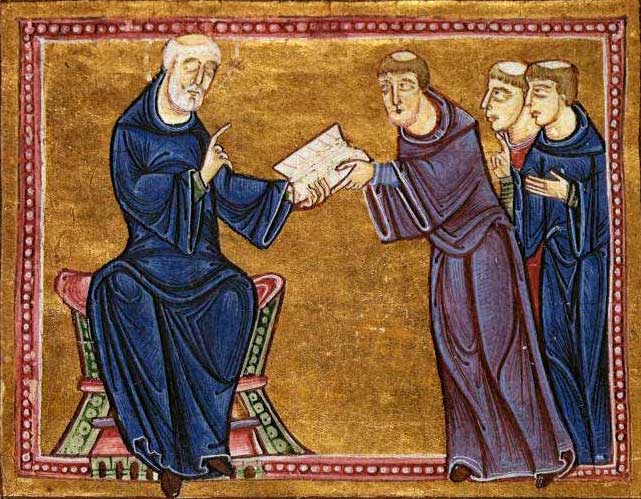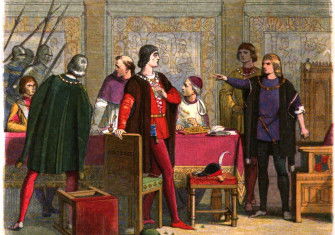Travels Through Time: Sixth-Century Movers and Shakers
The year 529 had great consequences for Justinian I, the Neoplatonic school in Athens and St Benedict.

The Byzantine emperor Justinian I was highly intelligent, determined and hugely ambitious. In AD 529, he published the first edition of the Codex Justinianus, which would be adopted across Europe. The code revised and updated existing late Roman legislation alongside other legal works, which included new prescriptions for legal education. Justinian also carried out a building programme throughout his empire. This boom of churches and monasteries, as well as orphanages, fortifications, bridges and aqueducts, created an inexorable tide of Christianity. This had devastating consequences for Neoplatonic teachers in Athens.







